Noise pollution can make home life difficult. Obtrusive sounds traveling from one room to the next and/or from the exterior of your house to the interior can impact your life in a variety of ways.
If loud, unwanted noises are driving you crazy, soundproofing is certainly a worthwhile investment; however, before you dive in, you probably want to find out how much soundproofing a space costs.
In this guide, we offer an overview of the average cost to soundproof a room.
The overall cost to soundproof a room varies. There are a number of factors that affect the overall price, including: the materials being used, the size of the room, labor, and the complexity of the project.
The cost to soundproof a room ranges from $1000 to $2500. The average cost falling within that range at $1500.
Keep in mind that soundproofing a space is usually the most effective during construction as apposed to after. For instance, rather than using blown insulation on existing walls, you can install soundproofing batting or rock-wool insulation.
Soundproofing is an expensive process. There are a number of cheap methods you can employ, however the words "cheap" and "soundproofing" don't really go together.
These are some of the most common materials used and their respective price-points.
Note that these numbers do not include the cost of labor and are solely the approximations of material cost.
| Structure | Cost |
|---|---|
| Windows | $385 - $1000 + per window |
| Doors | $1000 - $5000. Depends on type of interior door. |
| Floor | $1000 - $5000+. Depends on the square footage of the space and material. |
| Walls and Ceiling | $1000 - $1200. Highly dependent on material used and square footage. |
Learn More: The Cost to Soundproof Windows
These are approximations based on industry best practices for each particular structure. However there are a number of variables to consider like the size of the space as well as materials being used.
There area a number of materials that you'll seen when research soundproofing. The most common are the following:
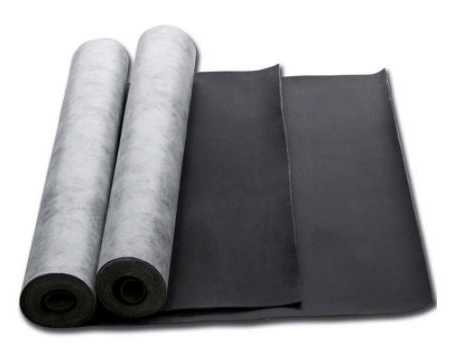
Mass Loaded Vinyl (MLV), which is a thin sheet of flexible vinyl that is impregnated with small metal pieces. The insulation qualities of MLV make it a very effective and commonly used soundproofing material.
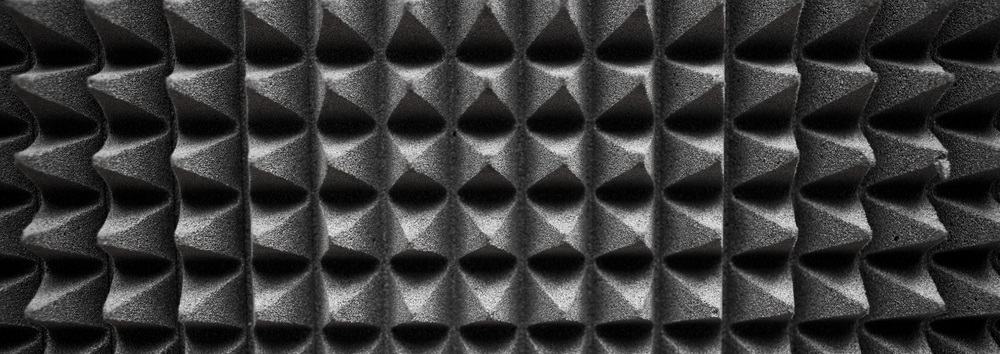
Acoustic panels, which are made of foam. The foam is designed in such a way that it absorbs and deflects soundwaves, thereby reducing echo and preventing unwanted sounds from traveling into the room, while also improves the sound quality inside the space.
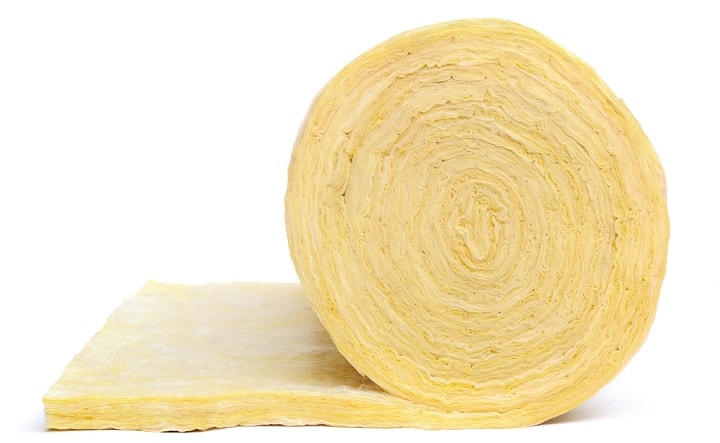
Soundproof insulation, which features fiberglass and is denser than standard insulation. The combination of fiberglass and the density of this type of insulation makes it a great medium for sound absorption.
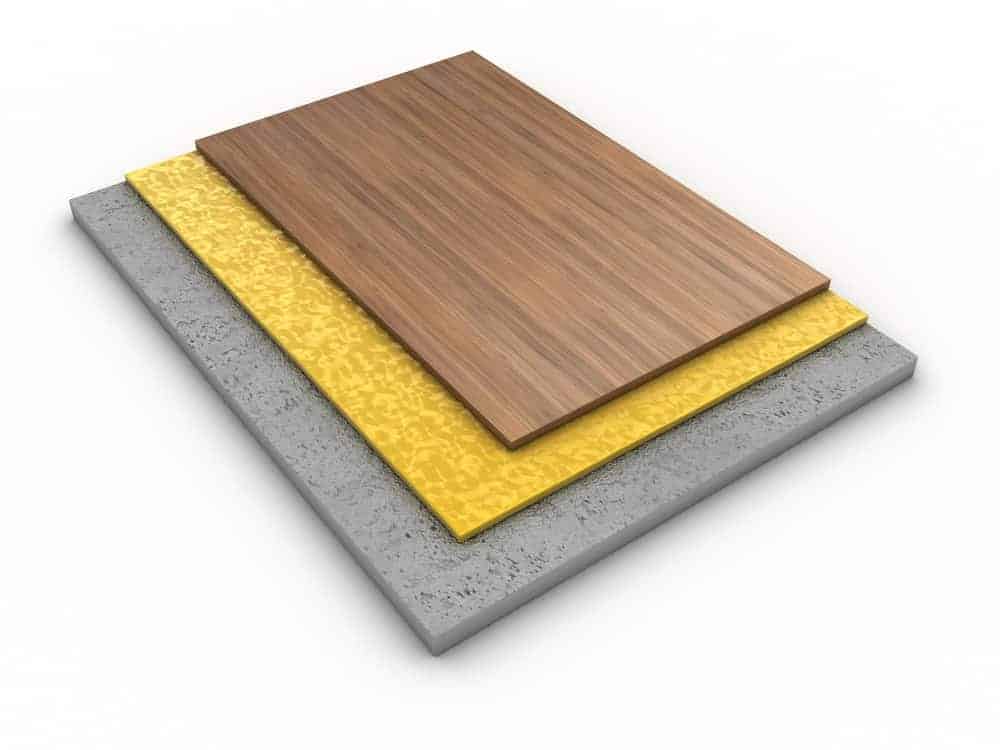
Sound deadening floor underlayment is made of open cellular rubber that is bonded to a cellulose or fiberglass backing. The underlayment is placed on the subfloor and the flooring material – carpeting, tile, hardwood, laminate, stone, etc. – is placed on top of it.
This type of paint is a heavy bodied water-based paint and it contains a blend of fillers that absorb sound and ceramic microspheres. The higher density soundproof or acoustic wall paint makes it an effective sound absorbing medium.
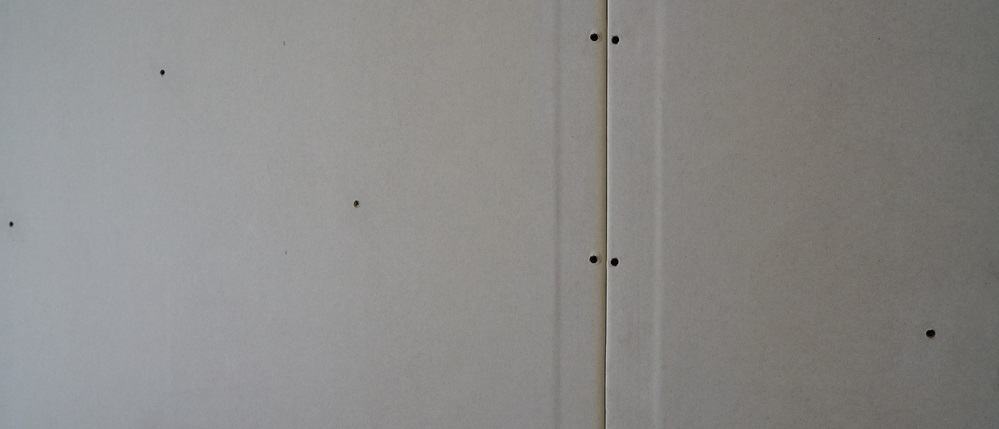
Soundproof drywall, which is made up of a combination of gypsum and other materials that are similar to steel. It can be used in the construction of new walls, replace existing drywall, or hung on top of existing walls to block out sound. The higher density of this drywall makes it a highly effective soundproofing material.
Resilient channels, which leave small voids of air between existing and an additional layer of drywall, thereby improving the sound absorbing qualities of a ceiling or walls.
Solid core doors, as the name suggest, are solid pieces of wood. Hollow doors are notorious for allowing sound penetration because they are so thin. Solid core doors, on the other hand, are much denser, so they can prevent the passage of soundwaves.
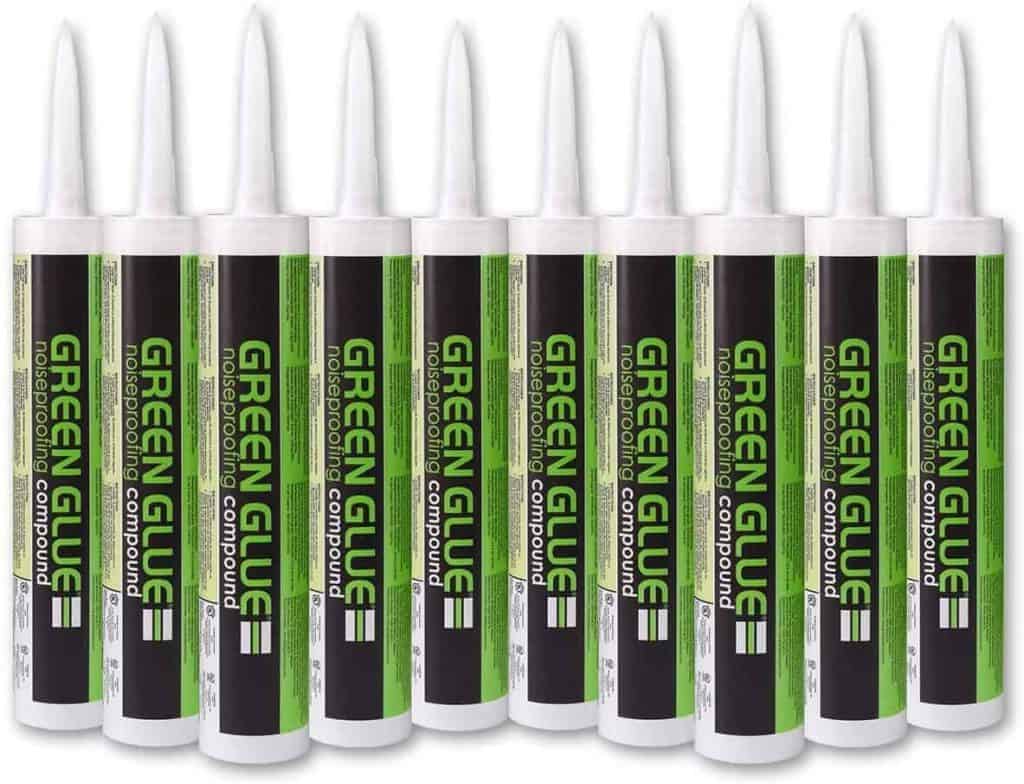
These materials are used to seal up any gaps in a wall, on a floor, around windows and outlets, and the like. Green Glue is one of the most popular options; the company makes both soundproofing sealants and compounds. However other alternatives do exist.
There are four main methods used to soundproof a space: adding mass or density, damping, decoupling, and absorption.
One of the easiest ways to soundproof an object is to add mass or density to it. The more density an object has, the harder it is for soundwaves to penetrate it.
Using a range of densities allows you to reduce sounds in a variable frequency range. However, even the heaviest of objects are able to vibrate, albeit not as easily.
Damping is the reduction of resonance in a room through absorption or redirection. Essentially, damping means to dissipate vibrational energy before it's able to build up and radiate sound waves.
Sound is able to conduct its vibrational energy as long as there is a direct pathway for the transmission.
A good metaphor for decoupling is the childhood game, tin can telephone. When you talk into one end of the telephone, the soundwaves conduct through the string and are then audible in the other end of the system. However, once the string or path is cut or decoupled, there is no path for sound to travel.
Air cavities will resonate sound. You can think of this concept like hearing the ocean in a seashell or blowing air across the top of a bottle. Both of these sounds are produced because of the trapped air in the objects resonating.
Just like the seashell and empty bottle, hollow walls will also resonate sound. As the wall is vibrated by sounds in adjoining rooms, the trapped air in the wall also vibrates.
When soundproofing, there are two types of noise you're attempting to eliminate: airborne and structure-borne.
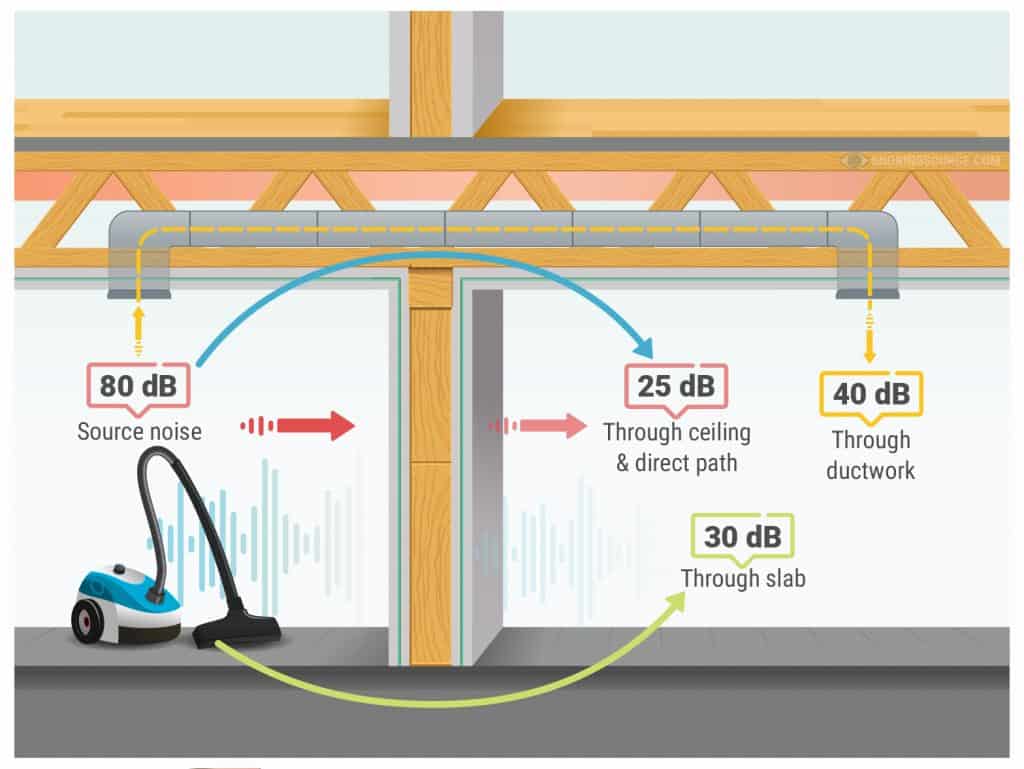
Airborne noise is the most common type of sound we experience. Examples include people talking, music, the television, etc.
When a person or object creates a noise, it generates vibrational energy or soundwaves. These sound waves are then picked up by a medium, like air.
Soundwaves travel through the air until they collide with a solid object. The sound then vibrates and is heard in the surrounding spaces.
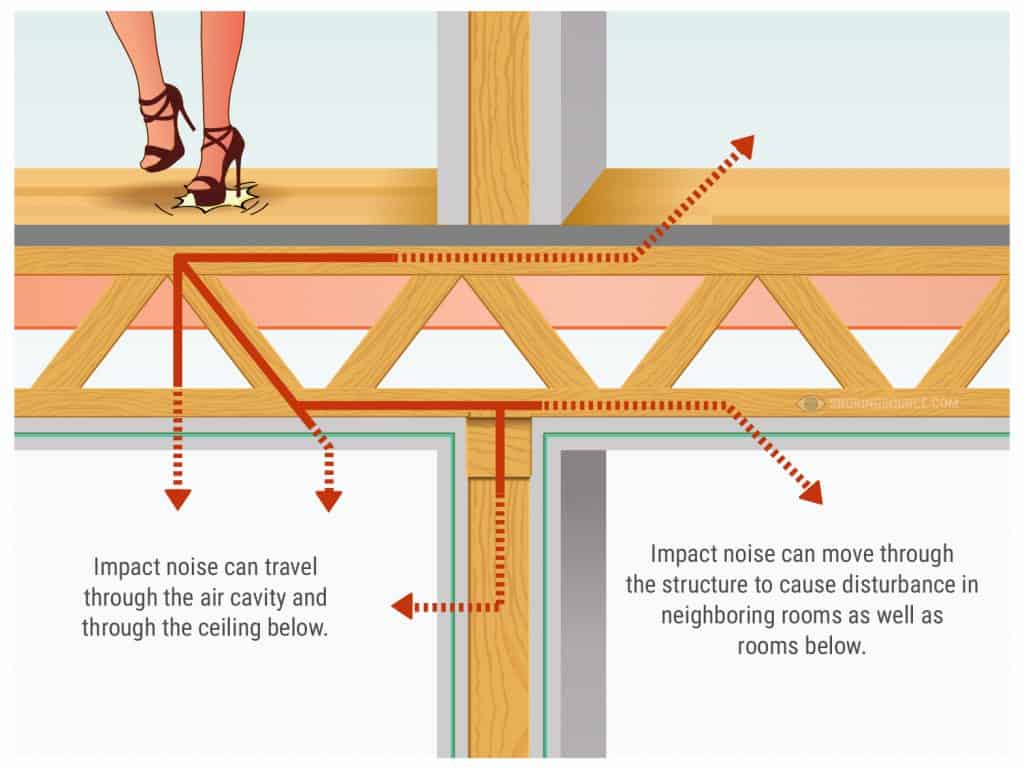
Structure-borne noise occurs when an object impacts another object.
For example when a ball bounces against the floor, the sound travels through the structural elements of the floor. Meaning, the structure is the medium that conducts the vibrational energy.
As has been stated several times, the cost of soundproofing can vary greatly and depends on several different factors.
To determine what this project will actually cost you, make sure you get a quote from a professional and outline your specific goals. If you are intending on doing the work yourself, price out the different materials you will need prior to starting the project.

Snoringsource.com is a participant in the Amazon Services LLC Associates Program, an affiliate advertising program designed to provide a means for website owners to earn advertising fees by advertising and linking to amazon(.com, .co.uk, .ca etc) and any other website that may be affiliated with Amazon Service LLC Associates Program.